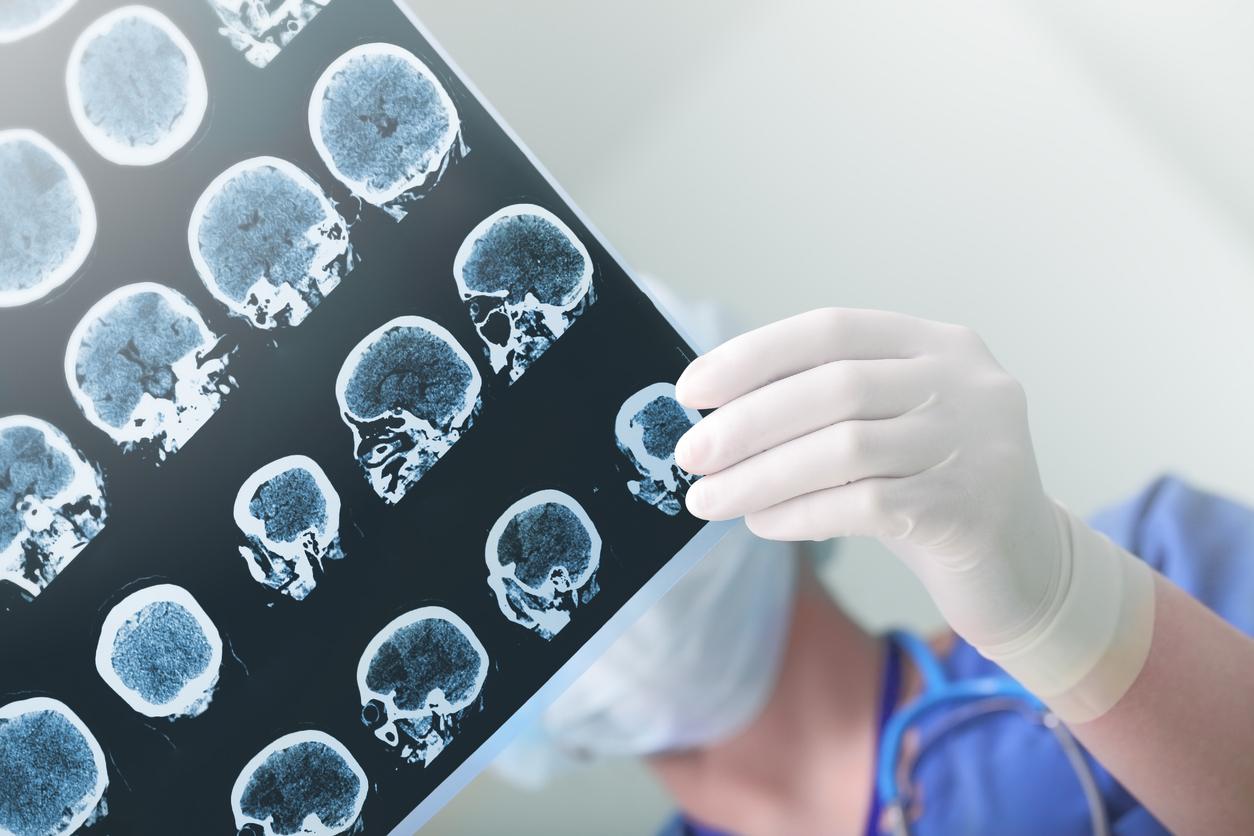It would be possible to detect thestate of consciousnessof people plunged into a coma, according to the results of a new study by the National Institute of Health and Medical Research (Inserm). Thanks to MRI observations, the researchers succeeded in establishing a difference in brain state in great apes awake or under general anesthesia.
If previous scientific studies have already established that the brain continues to be active even when it is at rest, none have confirmed its functioning.
“Is this brain activity based on a logical network of neurons anatomically connected to each other, or does it depend on a more complex functional network remains the key question,” explains Pablo Barttfeld, of the Cognitive Neuroimaging Unit, and co-author of this work.
“It is indeed important to distinguish the anatomical network, which is based on the physical links between white matter and distant regions of the brain with which it is directly linked, and the functional network, which results from the synchronization of anatomically distinct areas of the brain, ”explains Pablo Barttfeld.
Inserm researchers have observed that under anesthesia, the most frequent connections derive from anatomical connections. On the other hand, when the patient is conscious, the logic of the connections is much more complex and transcends the anatomical architecture of the brain.
“This complexity is a sign of the state of consciousness. It could be used as a marker to detect signals of consciousness during anesthesia or in patients in a coma with brain damage, ”says Pablo Barttfeld.
“This is the next step in this work,” explains the researcher. “Our goal is to observe the brain activity of patients in a deep coma or in a vegetative state to see if the nature of the connections can serve as a diagnostic tool to assess the presence and level of consciousness.”
Read also:
Coma: an imaging technique to establish its severity
End of life: the French in favor of “deep sedation”
Study Confirms There Is ‘Something’ After Death















